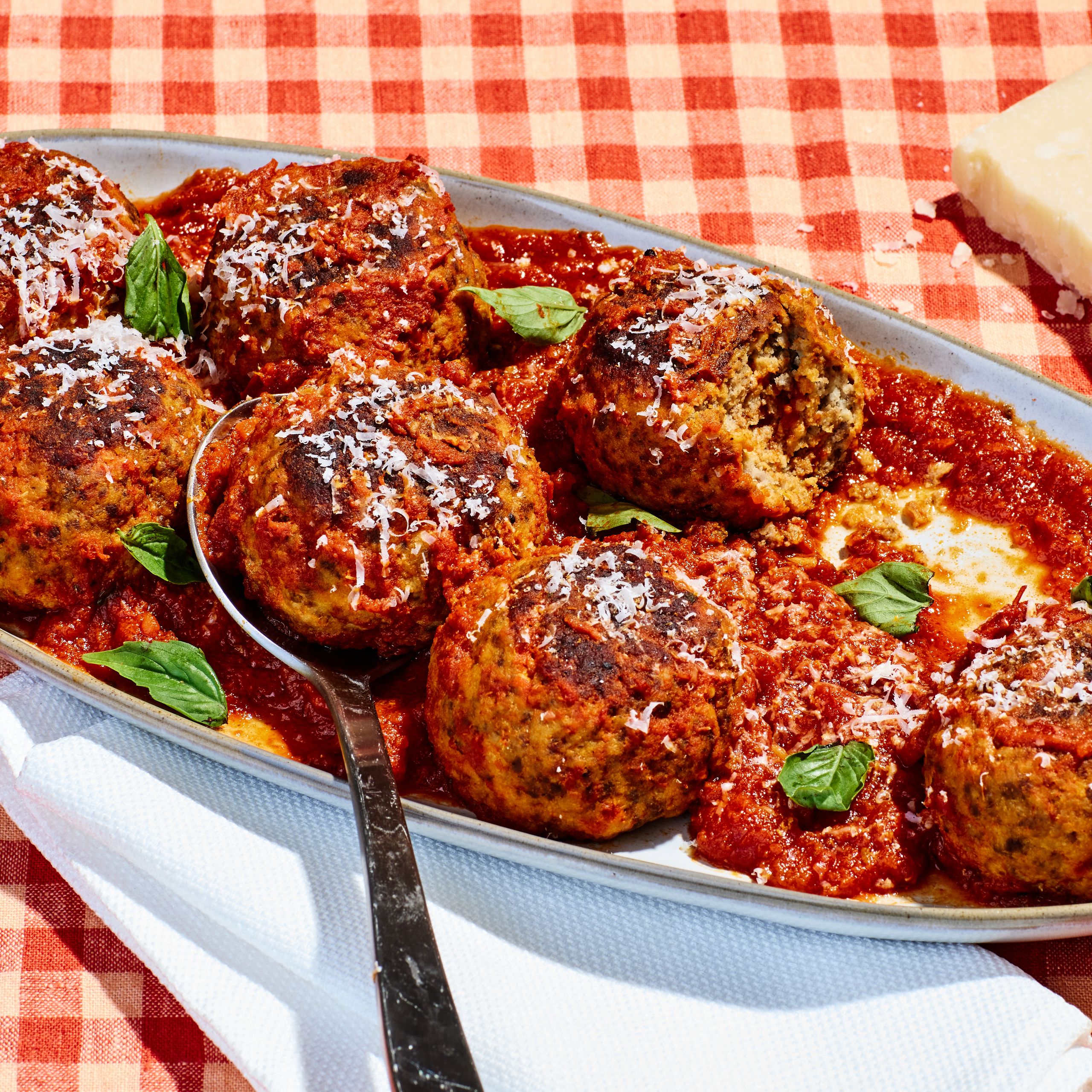Effective Ways to Freeze Mushrooms for Long-Term Freshness
Introduction to Freezing Mushrooms
Freezing mushrooms is a fantastic way to preserve their freshness and flavor for long-term use. Many people wonder how to freeze mushrooms effectively to ensure they retain their quality when thawed. This guide will explore various methods, tips, and techniques for freezing both raw and cooked mushrooms while preserving their unique flavors and textures. Understanding mushroom preservation is crucial for anyone looking to incorporate these delightful fungi into their culinary creations long after the harvest season has ended.
Mushrooms, whether they are common button mushrooms or exotic varieties like shiitake and portobello, can all be frozen using specific techniques. You will learn about the best practices for freezing mushrooms, the results of different freezing methods, and how to ensure your mushrooms remain safe for consumption.
In this article, we will cover essential tips for freezing mushrooms, the significance of blanching, vacuum sealing, and packaging methods. We'll also discuss the best ways to store and thaw frozen mushrooms. By the end, you will be equipped with the knowledge to effectively freeze mushrooms and enjoy them in various recipes throughout the year.
Understanding the Freezing Process for Mushrooms
The Importance of Freezing Mushrooms
Freezing mushrooms is one of the most effective preservation methods that extends their shelf life without compromising taste. When mushrooms are frozen, their enzymatic activity is halted, thus preventing spoilage and retaining their nutritional value. The best way to freeze mushrooms involves proper preparation and packaging to prevent freezer burn.
Freezing techniques can vary significantly based on the mushroom type. For instance, the texture of wild mushrooms may require additional care compared to cultivated varieties. Moreover, why is it essential to focus on the conditions of freezing? Mushrooms must be frozen at safe temperatures to maintain quality and safety, ensuring they can be used in your favorite dishes later.
This leads us to the next critical aspect: choosing the correct freezing techniques. By understanding what methods work best for your specific mushrooms, you can ensure optimal preserving practices that enhance their culinary uses.
Blanching Mushrooms Before Freezing
Blanching mushrooms before freezing helps maintain their texture, flavor, and nutritional value. This process involves briefly boiling the mushrooms, followed by plunging them into ice water to stop the cooking process. The recommended blanching time for mushrooms varies depending on their size and type, generally ranging from 1-3 minutes.
When you blanch mushrooms, the heat inactivates enzymes that can cause loss of flavor, color, and texture. If you choose not to blanch, you may find that frozen mushrooms lose their vibrant characteristics and become mushy when defrosted.
To properly blanch mushrooms, start by cleaning them thoroughly, cutting them into desired sizes, and then boiling them in water. After blanching, quickly transfer the mushrooms to ice water to cool down before freezing. This quick process is essential for freezing fresh mushrooms the right way.
Vacuum Sealing Mushrooms for Preservation
Vacuum sealing mushrooms before freezing is an excellent way to minimize air exposure, which leads to freezer burn. Using mushroom freezer bags designed for vacuum sealing allows you to keep mushrooms fresher for more extended periods. This method removes air, thereby preserving the texture, flavor, and nutritional content effectively.
When utilizing vacuum sealing, ensure your mushrooms are adequately dried before packing. Excess moisture can lead to ice crystals forming, which can alter the mushroom’s texture when thawed. Properly sealed bags can prevent moisture loss and result in a healthy, delicious ingredient for your recipes later on.
Vacuum sealing is powerful for storing frozen mushrooms for months without compromising quality. You can extend the shelf life of various mushroom types this way, making it possible to enjoy them all year round.
Different Freezing Techniques for Mushrooms
Freezing Raw Mushrooms
Freezing raw mushrooms allows you to preserve their freshness, making them a convenient ingredient for cooking. When freezing raw mushrooms, it's vital to clean them without soaking them in water, as excess moisture can lead to freezer burn.
Slicing or chopping raw mushrooms to your preferred sizes can also make them easier to incorporate into meals later. Ensure to arrange them on a baking sheet in a single layer and freeze them prior to transferring them to a sealed container or freezer bag. This quick freeze method will help prevent them from clumping together.
By focusing on storing them in small portions, you’ll simplify meal prep during the week. Avoid stacking too many mushrooms in one bag; instead, use several freezer bags labeled with dates to maintain organization and monitor freshness.
Freezing Cooked Mushrooms
Cooking mushrooms before freezing can enhance their flavor profile while making them more versatile in recipes. Freezing sautéed mushrooms or adding them to cooked dishes is an excellent way to utilize them later.
When freezing cooked mushrooms, allow them to cool completely before packing them into labeled containers. This prevents steam from forming, which can create ice crystals within the containers, spoiling their texture.
Consider using frozen mushroom recipes like soups or stews, where mushrooms can complement flavors well. By preparing mushroom risottos or combining them with other vegetables before freezing, you will create convenient frozen meals.
Using Ice Cube Trays for Freezing Mushrooms
A unique method for freezing mushrooms involves using ice cube trays. This technique is ideal for preserving small amounts of cooked mushrooms, allowing you to utilize them in soups or sauces as needed.
Start by blending cooked mushrooms with a bit of liquid, such as broth, and pour the mixture into an ice cube tray. Once frozen, transfer the cubes into freezer bags labeled with the date for easy identification. This way, you can quickly add just the right amount of flavor to your dishes. The versatility of batch cooking mushrooms can help you transform many recipes.
Using ice cube trays ensures that you maintain a good texture when thawed, allowing for a more enjoyable culinary experience.
Best Practices for Storing Frozen Mushrooms
Managing Freezer Space Efficiently
When it comes to storing frozen mushrooms, managing your freezer space is essential. Organizing your frozen food can lead to better usability and accessibility. In addition to using smaller freezer bags for individual colors of mushrooms, consider stacking them vertically for optimal space management.
Labeling each bag with the contents and freezing date is advisable. This way, you can easily keep track of what you have and use older mushrooms first to keep your stock fresh. An essential part of freezer storage for mushrooms safety is making sure your freezer maintains a consistent temperature of 0°F (-18°C) or lower.
Remember to avoid overcrowding the freezer, as this can affect airflow and lead to uneven freezing. By applying these principles, you will maintain the freshness of frozen mushrooms and create enjoyable cooking experiences later.
Expert Tips for Thawing Frozen Mushrooms
Proper thawing methods are just as important as freezing techniques. Safe thawing is crucial to prevent the growth of harmful bacteria. There are various methods for thawing frozen mushrooms.
The best practice is to transfer your frozen mushrooms to the refrigerator and allow them to defrost overnight. If you need them in a hurry, you can also submerge the sealed bag in cold water, replacing the water every 30 minutes until thawed.
Avoid thawing mushrooms at room temperature as this increases the risk of bacterial growth. Once thawed, cooked mushrooms should be used promptly, while raw mushrooms should be cooked before consuming if they have been thawed.
Incorporating these thawing tips ensures quality and safety in your culinary applications.
Conclusion: Enjoying Your Frozen Mushrooms in Cooking
Freezing mushrooms is a practical method to extend their shelf life while preserving their flavor and texture. By employing the techniques discussed, including blanching, vacuum sealing, and using ice cube trays, you can maintain the quality of your mushrooms for future use. Understanding how to effectively freeze mushrooms opens doors to a variety of recipes that can nourish you, particularly during off-seasons.
From quick mushroom sauté dishes to creamy soups, incorporating frozen mushrooms into your meals is straightforward and enhances your culinary options. With proper knowledge and handling, you can enjoy the taste of freshly harvested mushrooms from the comfort of your kitchen, no matter the season.
Use these tips for mushroom storage and preparation to get the most out of your harvest. Happy freezing!




